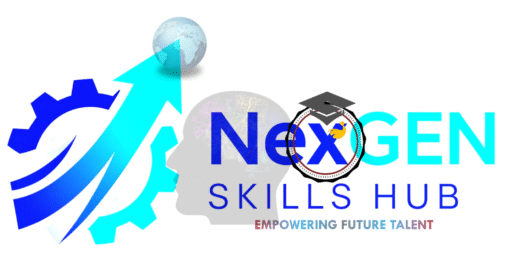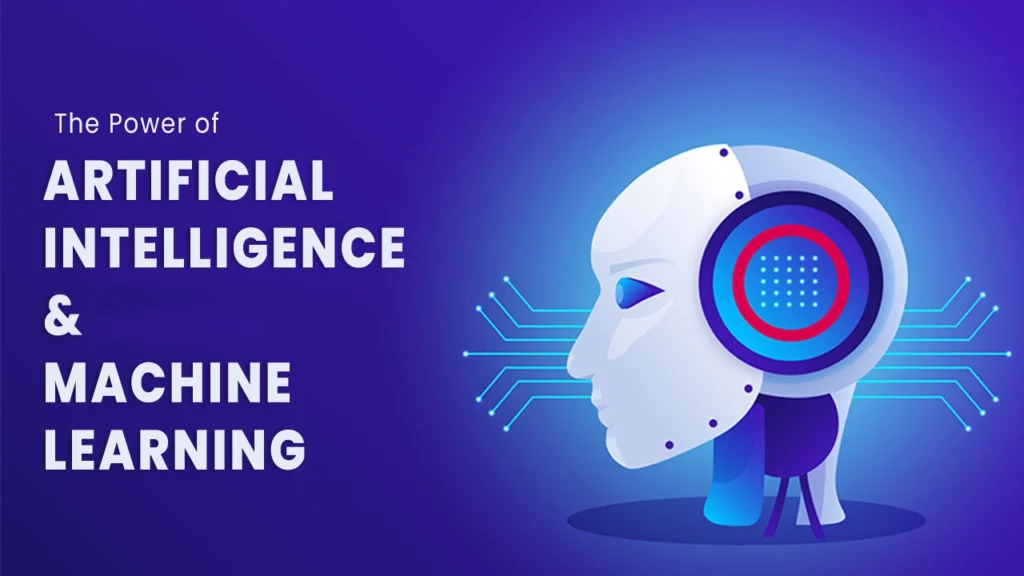Artificial Intelligence (AI) and Machine Learning (ML) are no longer just buzzwords; they are shaping the way we live, work, and interact with technology. From personalized recommendations on streaming platforms to advanced medical diagnoses, these technologies are silently powering innovations that were once thought impossible.
What is AI and Machine Learning?
Artificial Intelligence refers to machines or systems designed to mimic human intelligence. It enables them to perform tasks such as decision-making, problem-solving, and pattern recognition. Machine Learning, a subset of AI, allows machines to learn from data and improve performance without being explicitly programmed. Simply put, AI provides the brain, and ML helps the brain get smarter with experience.
Real-World Applications
AI and ML have made their way into nearly every industry:
- Healthcare: Predictive algorithms help doctors detect diseases early, while AI-driven robots assist in surgeries.
- Finance: Fraud detection, automated trading, and risk assessment rely heavily on machine learning models.
- Retail: Personalized shopping experiences and demand forecasting ensure better customer satisfaction and efficiency.
- Transportation: Self-driving cars, traffic predictions, and route optimizations are driven by AI advancements.
- Education: Smart tutoring systems and adaptive learning platforms tailor education to the unique needs of students.
These examples show how AI and ML are not only making systems smarter but also making human lives easier and safer.
Why Are They Important?
The importance of AI and ML lies in their ability to process vast amounts of data and find patterns faster than humans. In today’s digital age, data is produced at an exponential rate, and making sense of it manually is impossible. AI-driven solutions provide organizations with insights that help them stay competitive and innovative.
Moreover, AI and ML are fueling automation, which increases productivity and reduces costs. While this brings up discussions around job displacement, it also opens doors to new roles in AI development, data science, and ethical AI governance.
The Challenges Ahead
Despite their benefits, AI and ML face challenges. Issues like biased algorithms, data privacy, and the need for transparency in decision-making remain concerns. Ensuring that AI systems are ethical, fair, and aligned with human values is critical to their long-term success.
The Future of AI and ML
The future of AI and Machine Learning is promising and limitless. With advances in deep learning, natural language processing, and computer vision, AI is becoming more human-like in its abilities. Industries such as healthcare, education, and robotics will continue to be transformed by these technologies.
In the coming years, we can expect AI to become more integrated into our daily lives, not just as tools but as intelligent partners in decision-making and creativity.
Final Thought: AI and Machine Learning are no longer futuristic concepts—they are here, shaping industries and empowering people. By embracing these technologies responsibly, we can unlock endless possibilities for innovation and progress.

